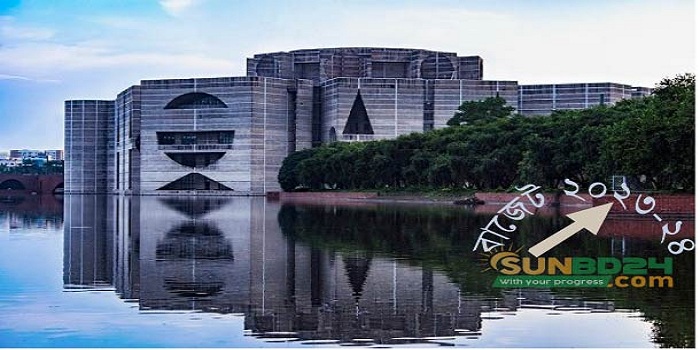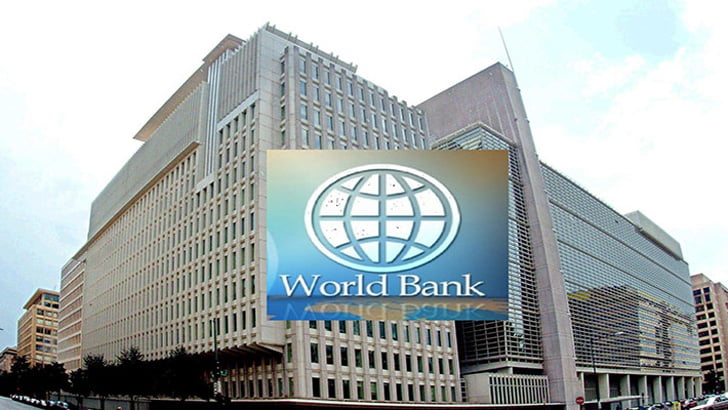NEC approves second perspective plan

The National Economic Council (NEC) has approved the Second Perspective Plan of Bangladesh (2021-2041) in a bid to turn Bangladesh as a higher mid-income country by 2031 and a higher income and developed country by 2041.
The NEC gave the approval during a meeting at its conference room on Tuesday . NEC Chairperson and Prime Minister Sheikh Hasina presided over the meeting, reports BSS.
The implementation of the country’s First Perspective Plan (2010-2021) is nearing completion.
Briefing the reporters after the meeting, Planning Minister MA Mannan said the meeting approved this historic outline document for the next 20 years based on four institutional pillars which are governance, democratisation, decentralisation and capacity building.
According to this long-term plan projects, the country’s per capita income on current price would stand at US$12,500 by 2041.
It said the country’s GDP growth rate in 2031 is expected to reach nine per cent growth while it would further expect to grow at 9.9 per cent in 2041.
The extreme poverty rate in the country is expected to reduce at 2.55 per cent in 2031 from 9.38 per cent in 2020 (base year) while it is expected to come down further at 0.68 per cent in 2041.
The poverty rate is projected to come down at seven per cent in 2031 and further at below three per cent in 2041.
Major goals of the mega plan are to eliminate extreme poverty by 2031 and to bring down the poverty rate below three per cent by 2041.
It also aims to ensure industrialisation and structural transformation as well as exemplary change in the agriculture sector and export-oriented economy.
The Planning Minister said although the NEC today gave approval to this final document of the Perspective Plan, the Ministries and Divisions would be able to give their further inputs within the next one month and thus those would be in incorporated.
The planning minister said this document has been framed and approved aiming to further alleviate poverty, further strengthening good governance and transforming Bangladesh into a modern and world-standard digital country.
Mannan said the NEC meeting suggested incorporating some points in the document which includes strongly highlighting the message that Bangladesh is a welfare-oriented country, further updating the data, highlighting further the role of the expatriate Bangladeshis as well as the prospects of the fourth industrial revolution and ICT, putting more emphasis on agro-processing industries, skills development, agriculture, education and rural poverty eradication and putting more emphasis on researches.
He said Prime Minister Sheikh Hasina lauded this document and highlighted a couple of issues, including putting due emphasis on creating necessary tourism infrastructures.
Answering to a question, Mannan said although the country earlier used to rely heavily on foreign aid for implementing its plans and programmes, the country is now shifting its stance.
“We’ll now depend mainly on our local sources for implementing this plans,” he said, adding that the lion share of the funding of this mega plan is expected to come from the domestic sources.
General Economics Division (GED) member of the Planning Commission Dr Shamsul Alam said this Plan is a historic and dream document for the country which gives a guideline where Bangladesh would stand socio-economically within the next 20 years.
He said the meeting also underscored the need for highlighting the issue of reducing the income inequality and rich-poor disparity.
The Plan document highlights that the country’s export earnings is expected to reach $150 billion by 2031 and $300 billion by 2041.
The 2nd Perspective Plan also aims to contain the inflation at 4.7 per cent in FY 2031 and at 4.4 per cent in FY 2041, to raise the investment ratio to 40.6 per cent of GDP in 2031 and 46.9 per cent of GDP in 2041.
This 229-page document having 12 chapters also aims to raise the national savings ratio to 41 per cent of GDP in 2031 while 46.7 per cent of GDP in 2041, to raise the revenue ratio to 19 per cent of GDP in 2031 and thus lift it to 24.1 per cent of GDP in 2041.
The Plan also eyes keeping the gross government expenditure at 24.4 per cent of GDP in 2031 while at 29.6 per cent of GDP in 2041.
The Plan also projected that the expected life expectancy of the country’s people will increase to 75 years in 2031 while to 80 years in 2041, the population growth will remain at 1 per cent both in 2031 and 2041.










